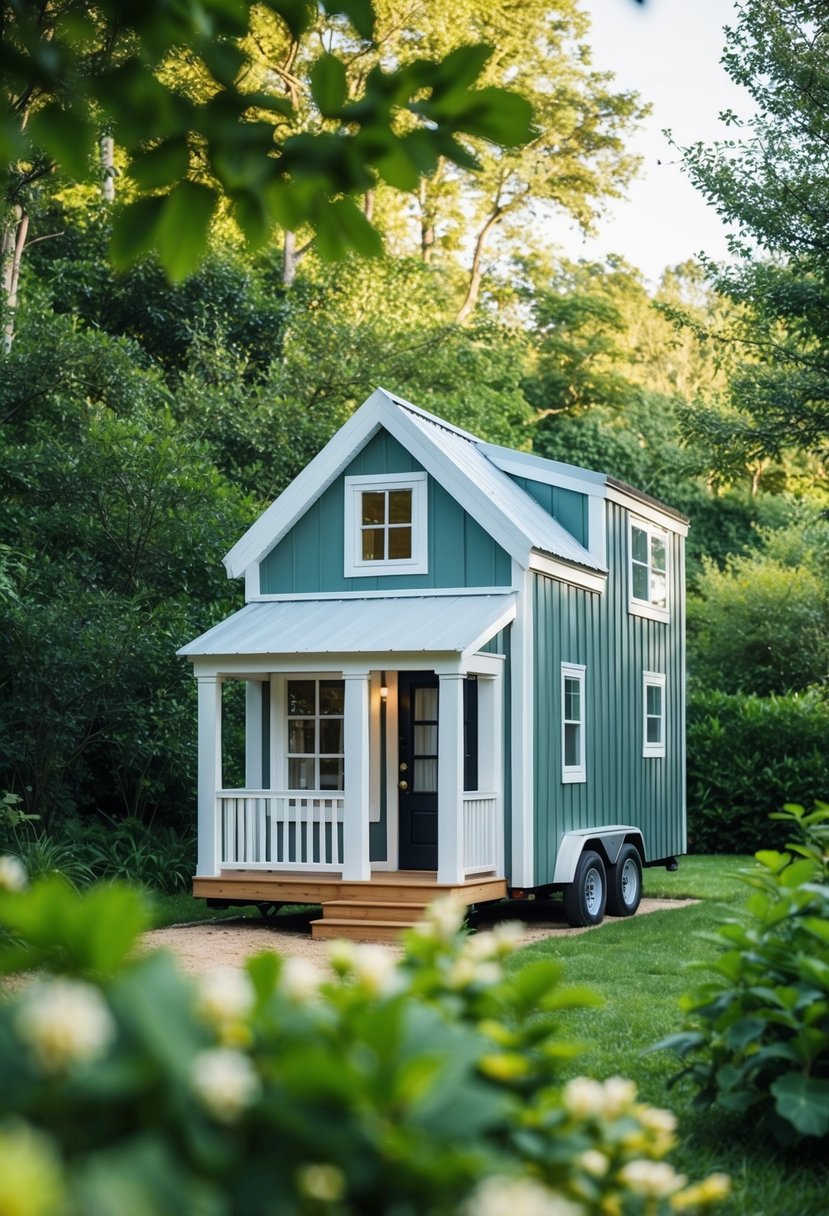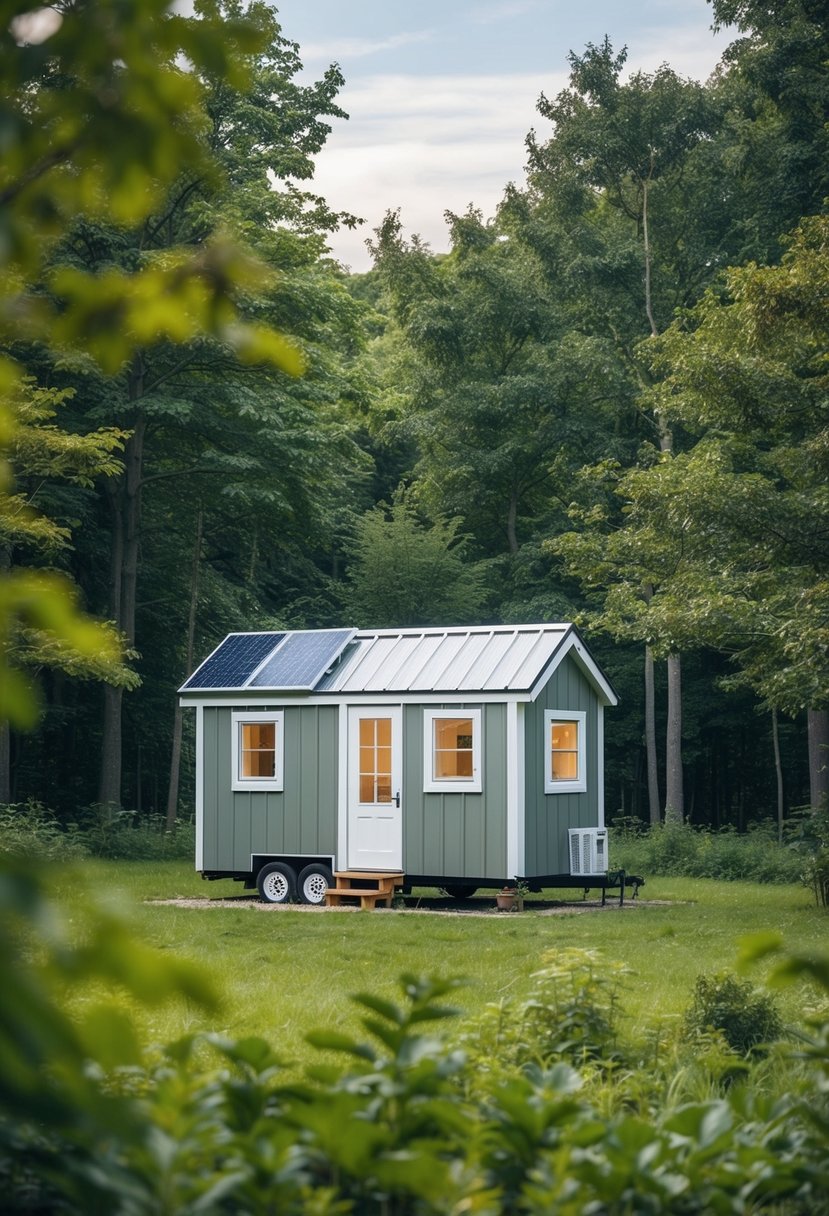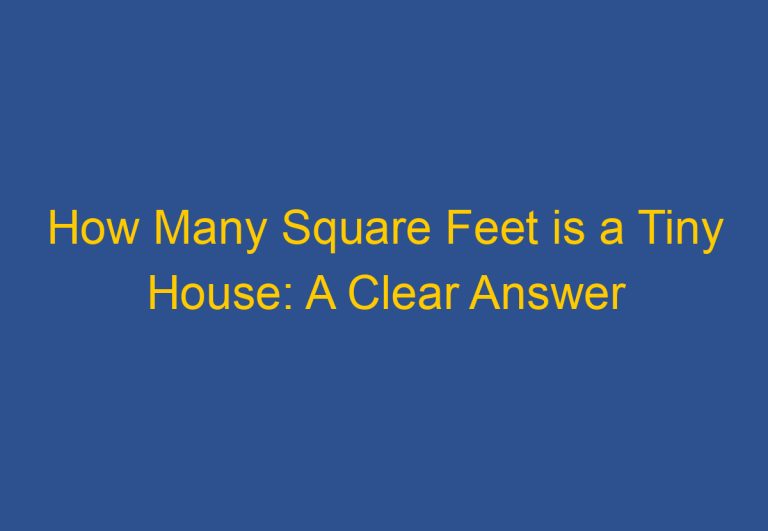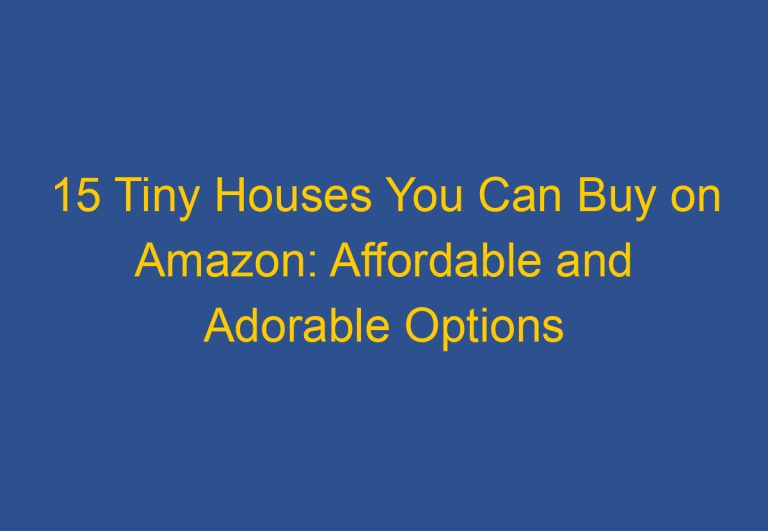Pros and Cons of Tiny House Living: Weighing Your Options
The tiny house movement has gained momentum as many people seek affordable and simplified living options. With homes often ranging from 100 to 400 square feet, these compact spaces offer a stark contrast to the average house size, allowing individuals to downsize significantly. This shift reflects a broader trend in homeownership, where reducing expenses and minimizing possessions are becoming increasingly appealing.

Living in a tiny house comes with its set of advantages and disadvantages. The initial cost to build and maintain these homes is generally lower than traditional houses, leading to savings on construction and utility bills. However, potential owners must also navigate challenges such as limited storage and finding appropriate places to park their tiny homes. As this movement evolves, it challenges conventional views on housing and lifestyle, making it essential for individuals to weigh their options carefully.
Pros of a Tiny House

Appliances Designed for Tiny Spaces
Tiny houses, usually measuring between 100 and 400 square feet, do not compromise on modern conveniences. Many leading appliance brands now produce compact versions of essential appliances, catering to the needs of tiny home residents. This means occupants can enjoy scaled-down refrigerators, ovens, microwaves, and even washers and dryers without sacrificing functionality.
Reduced Living Expenses Compared to Larger Homes
Living in a tiny house can significantly decrease monthly expenses. Downsizing from a large home can lower costs across various areas like utilities, groceries, property taxes, and loans. For those who find a sizable space unnecessary, this switch can lead to substantial financial relief.
Home on Wheels
Tiny houses can also serve as portable homes, similar to RVs. This flexibility allows individuals to travel without the hassle of booking accommodations. Owners can park at RV parks or campgrounds with connections for water and electricity, making travel easier while maintaining the comforts of home.
Lower Mortgage Payments and Maintenance Costs
Smaller houses come with lower mortgage payments, making them easier to manage, especially for those on a budget. Additionally, maintenance costs are less significant due to the smaller size, meaning fewer repairs and lower expenses for upkeep. Whether it’s painting the walls or fixing plumbing issues, everything costs less in a tiny house.
Environmentally Friendly Choice
Opting for a smaller home can greatly reduce one’s carbon footprint. Constructing and maintaining a tiny house requires fewer resources than a traditional home. Research shows individuals in tiny homes produce less waste, with many reporting a reduction in trash generated compared to the average household. This lifestyle choice promotes sustainability and eco-friendliness.
Quick and Easy Cleaning
Cleaning a tiny home takes far less time than a larger space. With fewer rooms and less clutter, tidying up can often be completed in just a few minutes. Homeowners can devote their time to more enjoyable activities rather than endless cleaning tasks. This advantage is ideal for those with busy schedules or who prefer a tidy living space without much effort.
Energy Efficient Living
Energy consumption in tiny homes is significantly lower than in traditional homes. The average small house consumes about 800 kilowatt hours per year, a sharp contrast to a standard house which can use over 10,000. This efficiency translates to lower energy bills and a smaller environmental impact.
Easy Access to Solar Power
Tiny house owners can take advantage of solar energy to enhance their sustainability efforts. Adding solar panels to the roof is a popular choice for both stationary and mobile tiny homes. This renewable energy source can significantly cut electricity costs, allowing homeowners to save hundreds annually on their energy bills, despite the initial installation expenses.
Embracing a tiny house lifestyle means enjoying various benefits that contribute to financial savings, environmental sustainability, and a simpler way of living.
Cons of a Tiny House

Resale Value
Selling a tiny home can be challenging. There may not be many buyers interested in this type of living, particularly in certain areas. The value of tiny houses often decreases more than traditional homes. While making upgrades can help boost their worth, it often isn’t enough to fully recover the initial investment.
Storage Challenge
Living in a small space can be manageable for one person, but it becomes complex once the household grows. Families may soon find themselves struggling to store their belongings. To resolve this, creative storage solutions are necessary. Options include using under-bed storage, installing a Murphy bed, or adding shelves and cabinets to maximize every inch of space.
Composting Toilets
Many tiny homes lack traditional plumbing, leading to the need for composting toilets. While some people adapt well, others may find the shift difficult. Composting toilets separate solid and liquid waste, turning the solid into compost. If not maintained correctly, these toilets can emit unpleasant odors and attract unwanted pests, requiring owners to be diligent about cleanliness.
Susceptible to Extreme Weather Conditions
Tiny homes are usually more vulnerable to harsh weather compared to standard houses. Their small structure may be easily damaged by strong winds, heavy rains, or snow. The location and climate where the tiny home is situated are essential factors to consider to ensure it can withstand local weather patterns.
Cooking Can Be Difficult
Kitchens in tiny homes often come with limitations. The reduced space means there might not be enough room for all the usual kitchen appliances. Many times, the appliances available are smaller than standard sizes. This makes cooking more complex, as one might not be able to perform all the culinary tasks they are used to.
Mobile House Needs a Truck
Transporting a tiny house typically requires a suitable truck. This vehicle must possess enough power and the appropriate hitch to tow the house. Not having a capable truck can be a major setback for those wanting to move their home. If one does not already own the right vehicle, purchasing or borrowing one will add an unexpected expense.
Limited Space For Entertaining Guests
Inviting friends or family over can become a tricky affair in a tiny home. The limited space can make it difficult to accommodate guests comfortably, especially for those who enjoy social gatherings. Although multi-functional furniture can aid in entertaining, the overall area may still restrict the number of visitors that can be hosted at once.
Final Thoughts

Choosing to live in a tiny house is a personal decision that varies based on individual needs and goals. For those aiming to lower expenses, minimize their ecological footprint, or pursue a simpler lifestyle, tiny houses can be a rewarding choice.
Lifestyle adjustments may include adapting to limited space and prioritizing essentials. Community can grow closer through shared experiences in smaller living environments.
However, hidden costs can arise, such as higher utilities for tiny structures or unexpected repairs. Weighing the financial considerations alongside the pros and cons is essential to ensure the right fit for each person’s situation.






